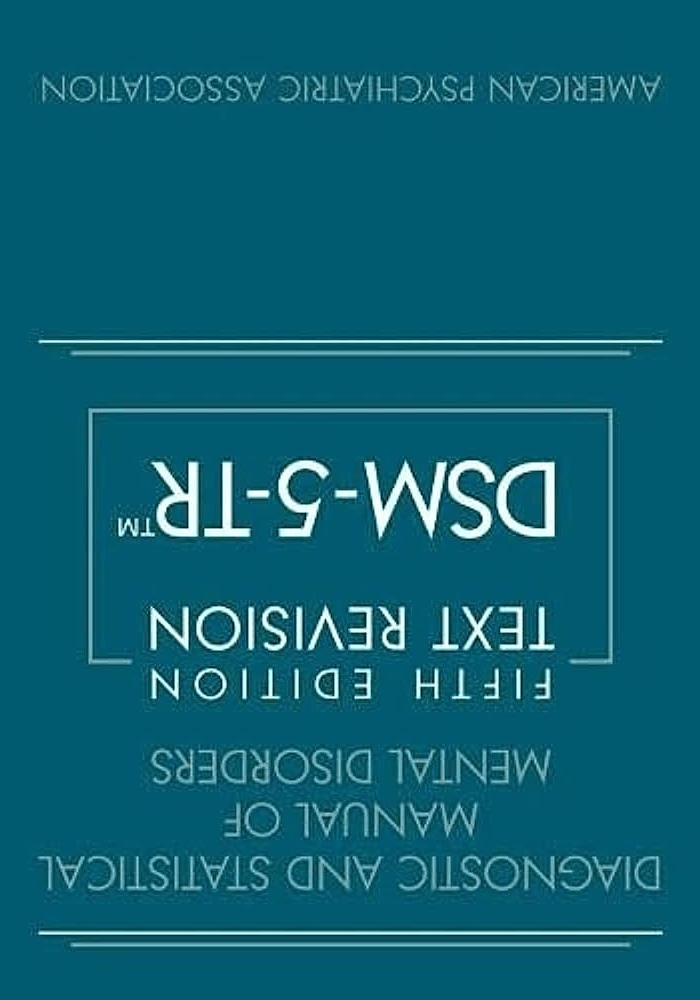Comment: Important new review suggests that the DSM-5 is wrong-headed not to include ‘porn addiction’ in the diagnostic manual, by whatever term it may select. This is especially true in light of the World Health Organization – ICD-11’s adoption of “Compulsive Sexual Behaviour Disorder” years ago.
Addictive Behaviors Reports
Volume 18, December 2023, 100510 (Full paper available at above link)
Natasha Pistre, Benoît Schreck, Marie Grall-Bronnec, Melina Fatseas
Highlights
There is ongoing debate regarding addiction criteria of problematic sex use.
Impaired control and craving are highly prevalent among problematic sex users.
- Impaired control and intensity of craving are predictive to problematic sex use.
- Craving for sex is associated to unregulated use, frequency and quantity of use.
- Anti-craving interventions could be effective in improving clinical outcomes.
Abstract
Introduction
Despite similarities between compulsive sexual disorder and substance use disorder, the issue whether problematic sexual behavior should be viewed within an addiction framework continues to be a subject of debate with no consensus regarding its conceptualization and diagnosis criteria. Examining the presence of addiction criteria among clinical and no clinical samples in the existing literature could permit to ascertain clinical validity of sex addiction diagnosis and support its overlapping feature with other addictive disorders. The aim of this systematic review was to examine this issue by assessing DSM-5 criteria of substance use disorder among individuals engaged in problematic sexual activity.
Methods: Using PRISMA criteria, three databases were comprehensively searched up to April 2022, in order to identify all candidate studies based on broad key words. Resulting studies were then selected if they examined problematic sexual behavior within the framework of DSM-5 addiction criteria.
Results: Twenty articles matched the selection criteria and were included in this review. DSM-5 criteria of addictive disorders were found to be highly prevalent among problematic sex users, particularly craving, loss of control over sex use, and negative consequences related to sexual behavior. Exposition to sexual cues was also shown to trigger craving, with an association to problematic use and symptom severity.
Conclusions: More studies should been done to assess homogeneously according to the DSM-5 criteria the addiction-like features of problematic sexual behaviors in clinical and non-clinical populations. Furthermore, this work argues for the need of further research to examine the extent to which anti-craving interventions could be effective in improving clinical outcomes.
